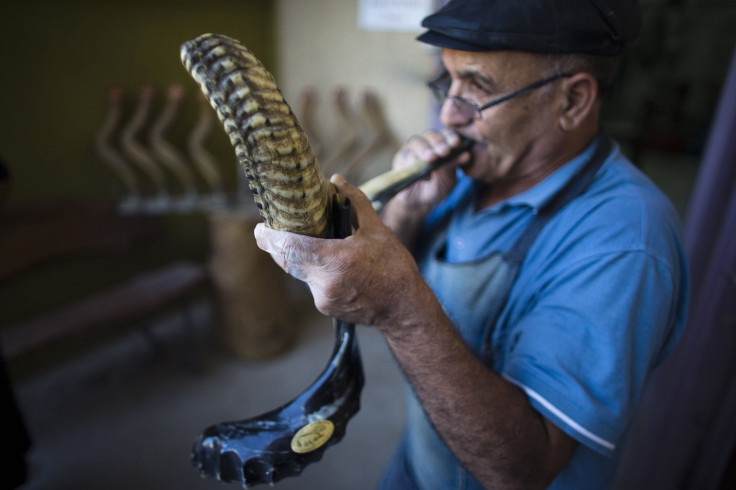Yom Kippur 2014: 5 Things To Know About The Jewish Holiday

Yom Kippur, one of the holiest days on the Jewish calendar, is a day where Jews reflect on the past year and atone for their sins.
The Day of Atonement begins at sundown on Oct. 3 and continues until nightfall on Oct. 4, or 10 Tishrei 5775, according to the Hebrew calendar. Synagogue attendance peaks during the High Holiday, when Jews seek forgiveness for sins committed between man and God and pledge to avoid repeating the same mistakes in the new year.
For those who are unfamiliar with the important Jewish holiday, below are five answers to common questions surrounding Yom Kippur:
1. What does Yom Kippur mean?
Yom Kippur literally means “Day of Atonement.” It is a day devoted to “afflicting the soul,” repentence and reflections on sins committed in the past year. It marks the culmination of the 10 Days of Awe that began on the Jewish New Year, or Rosh Hashanah -- a period of serious introspection.
Yom Kippur is outlined in Numbers 29: 7-11 and in Leviticus 16:30, which reads, “For on this day He will forgive you, to purify you, that you be cleansed from all your sins before God.” According to tradition, God decides each person’s fate, encouraging those to repent.
2. What greeting do you say?
A customary greeting on Yom Kippur includes wishing individuals an “easy fast,” Gmar Chatimah Tovah (may you be sealed in the Book of Life for a good year) and L’Shanah Tovah (for a good year) in Hebrew.
3. How is Yom Kippur observed?
Jews mark the sacred and solemn day in multiple ways. The day is characterized by fasting, continuous prayer and repentance. The Talmud, a collection of rabbinical law, also outlines other restrictions including refraining from washing and bathing, putting on makeup or perfume, wearing leather shoes and having sex. Many wear white as a sign of purity and canvas shoes during the day. Charity is another important part of the holiday. In the days preceding Yom Kippur, Jews make donations or volunteer as a way to atone for their sins.
4. Why fast?
Fasting is one of three essential components of Yom Kippur. The practice comes from Leviticus 23:27 that describes "afflicting your souls," which is interpreted as abstaining from the body’s main needs, including food and drink. It is seen as an “an expression of pure faith in God” and a way to cleanse the body and spirit.
Jews fast for 25 hours beginning before sunset on the evening before Yom Kippur and ending after nightfall on the day of Yom Kippur. Food and drink are prohibited, but children under 13 and people who are ill or pregnant do not have to fast. At the end of the fast, families typically gather for a meal that consist of breakfast-like foods like blintzes, noodle pudding and baked goods.
5. What kind of synagogue services take place?
Spending time in synagogue is one of the most important parts of Yom Kippur. Services take place continuously throughout the day and include special liturgical texts, songs and customs. The prayer book used on Yom Kippur, called a mahzor, means “cycle" since the calendar repeats its cycle each year.
Over the course of the day, there are five distinct prayer services: Kol Nidrei, Shacharit, Musaf, Minchah and Neilah. The shofar, a trumpet made from ram’s horn, is blown in a single long blast during the final service to signify the end of the fast.
© Copyright IBTimes 2024. All rights reserved.






















